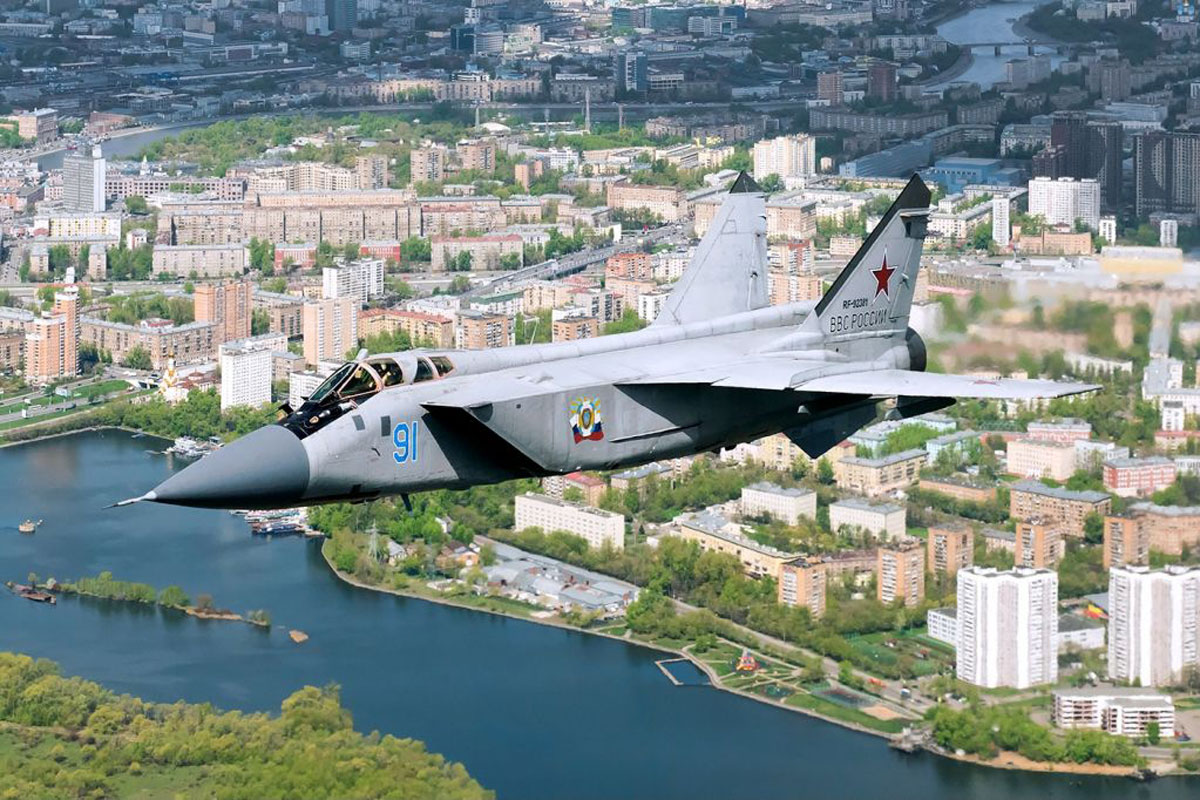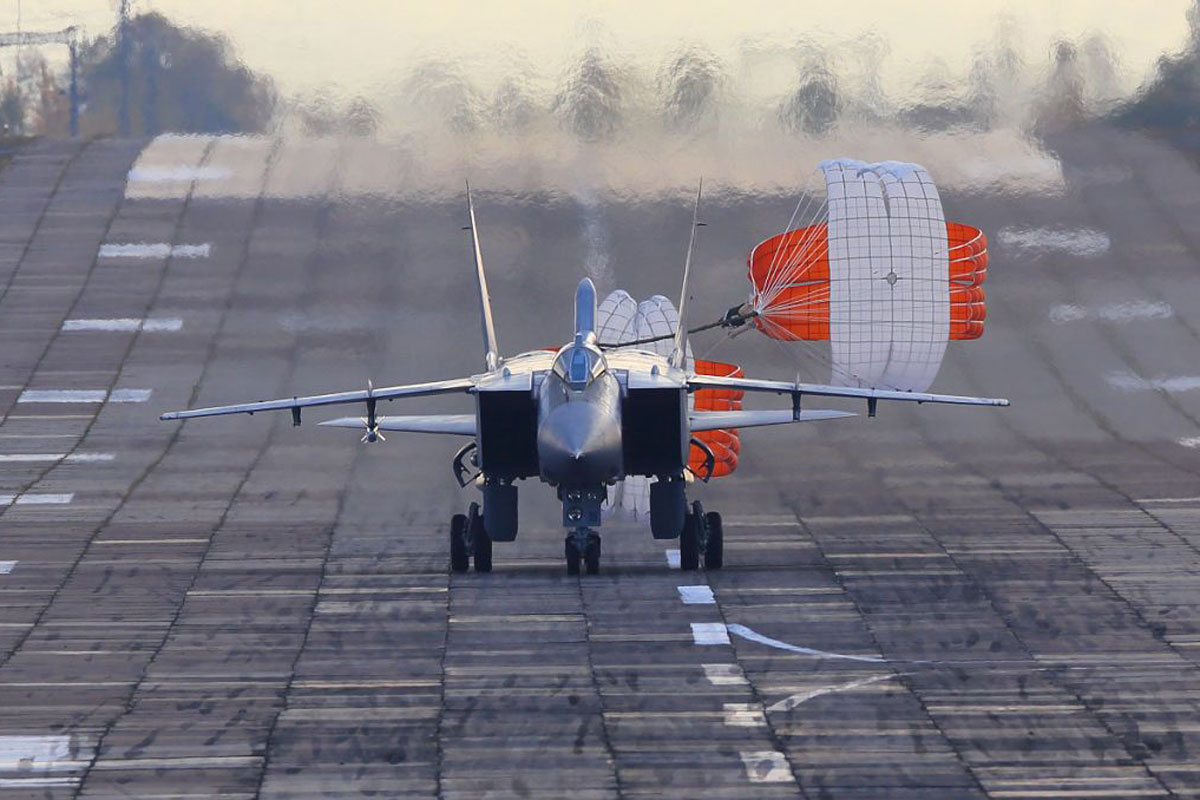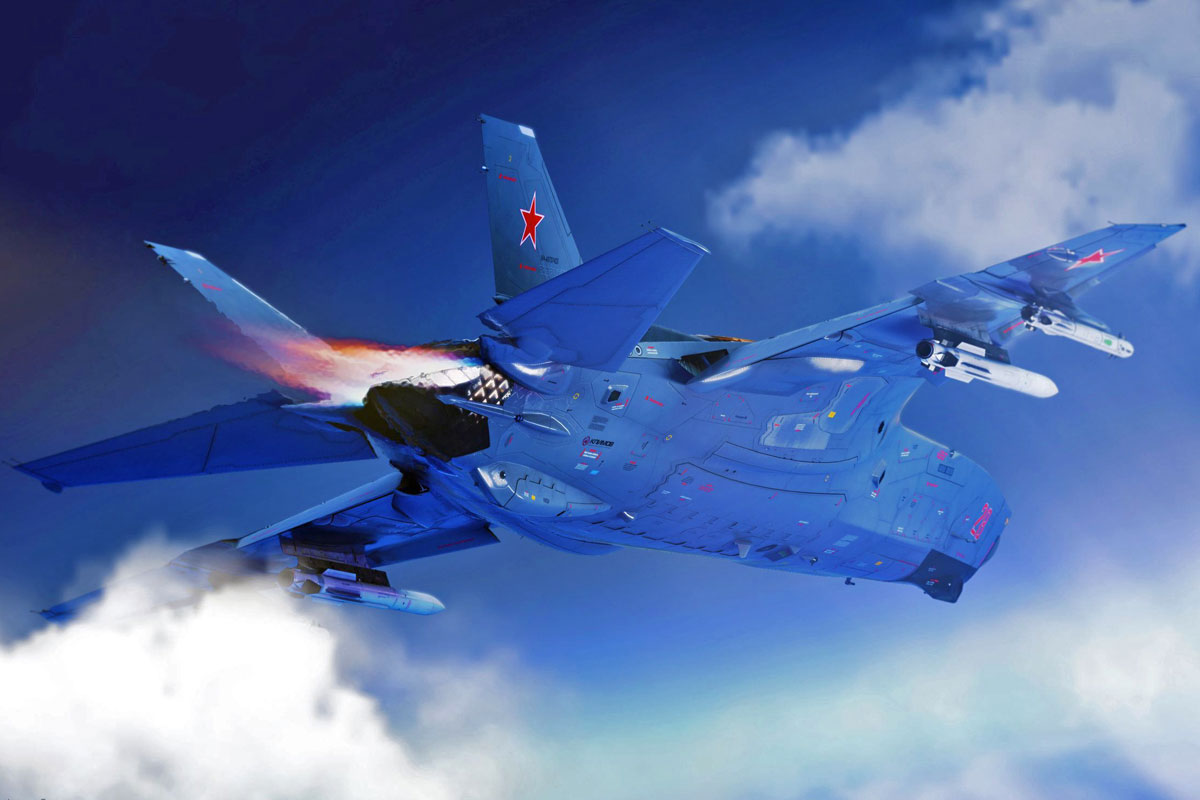On January 22, Rostec, a Russian state-owned technology company, published an article in which it praised the MiG-31 fighter, one of the few fighter planes capable of flying close to Mach 3. Veteran, the aircraft is undergoing a modernization that will keep it in service in the air force until 2030.
At the end of the article, Rostec added that the “development of the next generation of interceptor fighter has already begun. The project of the Advanced Long-Range Interception Aviation Complex (PAK DP) is at the stage of development work.”
This is nothing new as members of the Russian government claim that the replacement for the MiG-31, also referred to as MiG-41, has been in development since at least 2014. But it was enough for several articles in the media to state that the new fighter had started to be developed – again. Despite the fact that it was officially confirmed by a very important organization in the Russian government, the PAK DP project still seems a long way from becoming a reality.
To date, almost no official information has been released. It is said that the new fighter would be able to fly above Mach 4 or 5, a massive technical challenge, and that it would also have stealth capability, which would be unprecedented as far as we know.
Over the past few years, optimistic predictions about the aircraft have remained. In 2014, for example, it was said that the research work had started and predicted that the jet would enter service in 2020.

In 2017, an RIA-Novosti article quoted MiG director general Ilya Tarasenko as saying that the MiG-41 would fly at hypersonic speeds and in “space”, but even the country’s media did not understand exactly what he was referring to. Later, in 2018, the Russian news agency TASS revealed that MiG intended to present the public with the work of creating the PAK DP, but nothing happened.
In 2019, the same Tarasenko promised to complete the MiG-41 project by the end of that year and again added some future features such as stealth capability, wide range and weapons transport capability. Once again, PAK DP remained a mystery. Finally, last year, rumors without any reliable source circulated on the internet, predicting the first flight in 2025 and entry into service in 2028.
Challenging project
Replacing the MiG-31 is no easy task. Developed on the basis of the famous MiG-25, the supersonic jet has an old-fashioned design for current air defense standards and relies on the modernized Zaslon-M radar in the MiG-31BM version to be able to track multiple targets 320 km away and launch six air-to-air missiles simultaneously.

In addition to this variant, the Russian Air Force still operates the MiG-31K, which carries the Kinzhal hypersonic missile, which will soon also be used by the Su-57. Currently, MiG’s Sokol division is working on the modernization of 114 fighters with the program expected to be completed in 2023. Therefore, the aircraft should remain in service until 2030, allowing Rostec to continue with the PAK DP project.
The big question that remains unanswered is whether the MiG-41 is needed. Although Russia’s extensive border is a good reason, it is difficult to say that an interceptor as peculiar as the PAK DP appears to offer sufficient technological advancement to offset the certainly high cost of the program.
The fact that the predictions have so far failed shows that the MiG-41 is expected to appear in the media many times yet without anything realistic being presented anytime soon.

